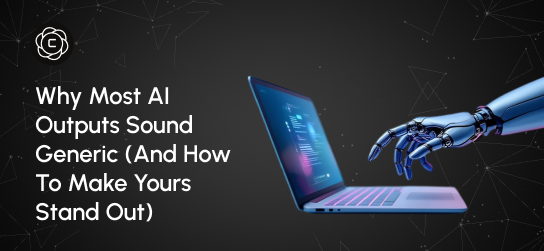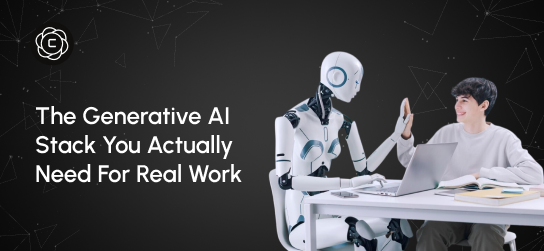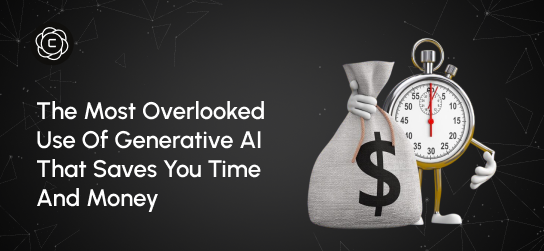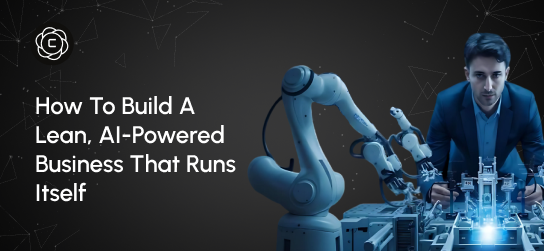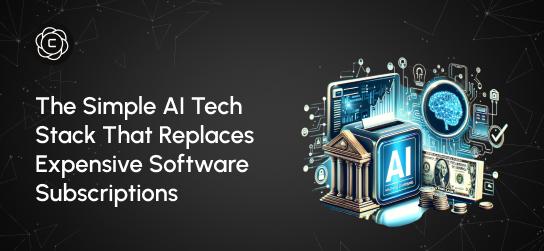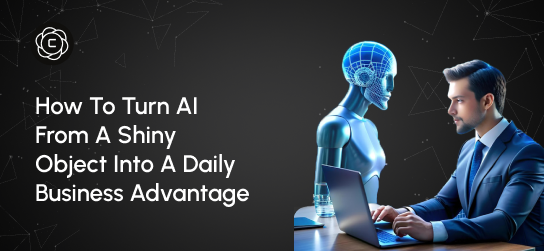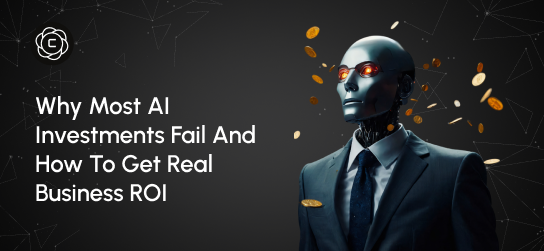Learning Center
Master AI creativity with our comprehensive guides, tutorials, and expert insights. From beginner basics to advanced techniques.
The Top 7 AI Models in 2025 (And How to Use Them All in One Platform)
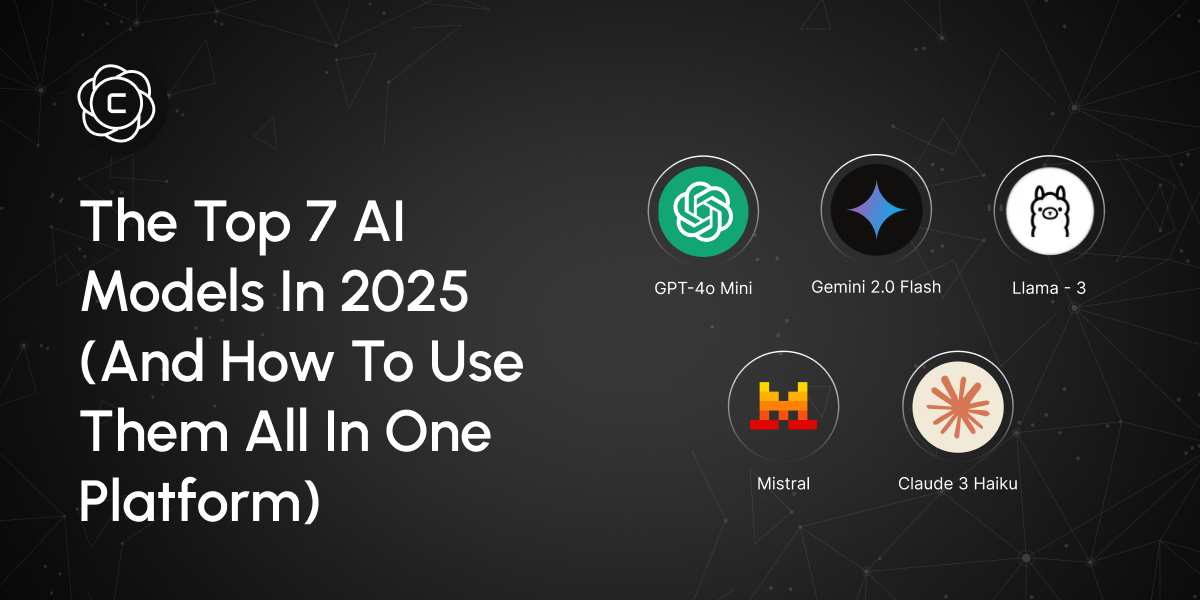
Introduction
By the year 2025, AI is not only intelligent, it is also disintegrated and differentiated as well as faster in its developments than most industries could keep pace with. Whereas in most platforms, you are endeared into a single model, proficient businesses are realising the competitive edge of utilising several AI systems. All the models possess specific advantages and the feature of interchangeability can change the way you are going to approach various issues. The thing is that selecting AI model alone is an equivalent of having a toolbox containing only one tool. You may finish the task but you are not achieving maximum outcomes.
Why Model Diversity is More Critical now than before
Various AI models are great at different task. There are those which are constructed to do creative writing, others are analytical thinking and other to do coding or research. When you are stuck in one platform, you are not enjoying the specialized capabilities which can take your work to the next level. Let us make this example: You are given a task to create a marketing campaign, process some customer data, and debug some code, and you have to have it done in the same afternoon. You would require separate subscriptions with different interfaces and using a number of subscriptions and switching between tools with conventional platforms. It can be done in a better manner.
The Top 7 AI Models Dominating 2025
1. GPT-4 and GPT-4 Turbo
And in terms of performance as well as what we consider possible in terms of conversational AI, OpenAI is continuing to set the bar. GPT-4 is more suitable for creative writing, reasoning and the ability to stick to the context even in longer conversations. It will be ideal to create content and do some planning because it can comprehend fine instructions.
Ideal for: Creative writing, brainstorming, complex problem solving and descriptions.
2. Claude 3 (Opus, Sonnet, Haiku)
The Claude 3 series from Anthropic is known for its strong analytical skills and emphasis on safety. Claude Opus excels at handling highly complex reasoning, while Sonnet strikes a balance between performance and speed. Haiku provides quick, efficient responses for simpler queries.
Best suited for: Research, in-depth analysis, ethical decision-making, and assignments that involve evaluating diverse viewpoints.
3. Gemini Pro and Ultra
The use of the Gemini models in Google can be integrated flawlessly into the environment of Google and possess super normal talent in multimodal tasks. These models support simultaneous interaction with text, images, and code, offering unmatched flexibility for today’s dynamic work environments.
Ideal for: Multimodal tasks, seamless integration with Google tools, and handling complex data-driven workflows.
Meta's open-source AI models have seen a surge in adoption in 2025. Llama 2 delivers robust results across a wide range of applications, while Code Llama is fine-tuned for coding and software development projects.
5. PaLM 2
Google’s Pathways model distinguishes itself by going beyond simple comprehension—it excels at logical reasoning, coding, and precise translation. It’s especially proficient in tackling mathematical problems and conducting scientific analysis.
Best for: Mathematical calculations, scientific analysis, and multilingual content creation.
Cohere's enterprise-focused model is designed for business applications. It performs exceptionally well in summarizing information, categorizing content, and generating text, particularly within professional and business settings.
Ideal for: Corporate communication, document processing, and large-scale enterprise solutions.
Developed in Europe, these models are designed for high performance with an emphasis on speed and multilingual support. They’re especially well-suited for companies working across international markets.
If your priorities include rapid content delivery, global reach, and regulatory compliance within Europe, these models are tailored to meet those needs.
The Problem with Single-Model Platforms
The majority of AI platforms take a restrictive approach—offering a single model and expecting it to manage all tasks. This creates several problems:
- Performance Bottlenecks:
Relying on GPT-4 for straightforward tasks that a faster model like Haiku could manage more efficiently results in unnecessary use of time and resources. On the flip side, assigning a lightweight model to handle complex reasoning that demands Claude Opus leads to a drop in output quality. - Subscription Overload:
To access the strengths of different models, you're often forced to juggle multiple subscriptions, separate logins, and overlapping monthly fees—just to ensure you’re using the right tool for the job. - Context Switching: Switching involvements shuts off your workflow and makes you restart conversations taking away needed context.
- Possible Opportunities Lost: Since you do not have quick access to specialist models, there is a risk that you do not even know when a different AI that can provide better results to your particular use.
Enter Crompt: Your All-in-One AI Gateway
Most tools give you one model. Crompt gives you instant access to the top 7 AI models—all in one place.It eliminates the issue of being tied to a single model by offering a unified interface that seamlessly connects you to the industry’s leading AI systems. Rather than managing multiple subscriptions and bouncing between platforms, Crompt brings everything together in one streamlined dashboard.
How Crompt Changes the Game
- Switch Modes Instantly: You can be chatting with GPT-4, analyzing with Claude, and implementing with Code Llama, while keeping context and attention all in one place.
- Clever Model Recommendations: Crompt's interface helps you identify which is the best model by optimizing speed, quality, or cost for what you want to do.
- Chat Activity Saves Across Models: Your chat activity lives across models, so you can always reference the work you did in conversations regardless of which AI contributed.
- Pay for Just One Platform: You only pay for one platform, spend on premium when you need it, and stop paying for multiple expensive subscriptions.
- Flexible Situations: Crompt will take whatever work you are doing, writing, coding, analyzing, creating, and it will adapt to instead you adapting and switching between different platforms.
- Concrete Situations: When to use which models
Practical Use Cases: When to Use Which Model
Content Creation Workflow
Brainstorming: Start with GPT-4 for creative ideation
Research: Switch to Claude for analytical depth
Writing: Use GPT-4 Turbo for long-form content
Editing: Leverage Claude's careful reasoning for refinement
Development Projects
Planning: Use Claude Opus for architectural decisions
Coding: Switch to Code Llama for implementation
Debugging: Employ GPT-4 for complex problem-solving
Documentation: Use Cohere Command for professional docs
Business Analysis
Data Processing: Start with Gemini Pro for multimodal analysis
Strategic Planning: Use Claude for thorough evaluation
Reporting: Switch to Cohere Command for business communications
Forecasting: Leverage PaLM 2 for mathematical modeling
The Future of AI is Multi-Model
The AI industry is heading in the direction of specialization. Like a workshop doesn't employ the same tool for all jobs, the future of AI work will require access to specialized models that are fine-tuned for specific purposes.
Companies who identify this trend sooner than others will reap the rewards. They will produce better content, better decisions, and problem-solving because they will be employing the right AI for the job.
Let us get started on the path of multi-model AI.
Traditionally, gaining access to multiple AI models has come with a high barrier to entry. Between the price, learning curves, and time stepping into learning multiple platforms, most users will simply use the one model they have even though they might know that it is not the best.
Crompt eliminates these barriers. You can begin with models you're already familiar with, and as your needs change, explore new models. With a seamless UI and UX, there isn't a learning curve when switching models. Whether you're a content creator looking to augment your creative workflow, a low/no-code developer looking for unique coding solutions, or a business analyst looking for a range of analytical capabilities, being able to access a variety of AI models is not only convenient but increasingly essential.
Conclusion: Break Free from Model Lock-In
The real question isn’t whether to use AI - it’s why settle for just one model when you can leverage the strengths of several at once?
Every AI model has its strengths. Each of the models — GPT-4's creativity, Claude's reasoning power, Gemini's multimodal abilities, and Code Llama's coding expertise — has its own strengths. Having the ability to switch between models means you’re not just using AI—you’re harnessing it as a complete ecosystem. The lock-in phase of models is coming to an end. The future will belong to the person who can find the AI they need, at the right time, for that specific task. The only remaining question is, with the emergence of platforms like Crompt, why use one?
Ready to experience the power of multi-model AI? See how Crompt can revolutionize your workflow with instant, unified access to the top 7 AI models—all within a single, streamlined platform.
Table of Content
- Introduction
- Why Model Diversity is More Critical now than before
- The Top 7 AI Models Dominating 2025
- Llama 2 and Code Llama
- PaLM 2
- Cohere Command
- Mistral 7B and Mixtral
- The Problem with Single-Model Platforms
- Enter Crompt: Your All-in-One AI Gateway
- How Crompt Changes the Game
- Practical Use Cases: When to Use Which Model
- Let
- us
- get
- started
- on
- the
- path
- of
- multi
- -
- model
- AI
- .
- Conclusion: Break Free from Model Lock-In
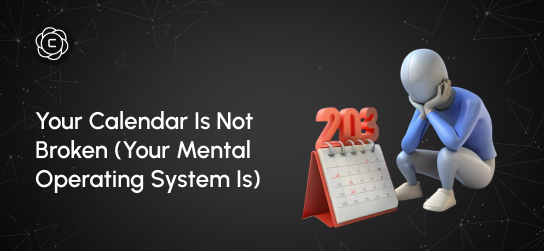
Your Calendar Is Not Broken (Your Mental Operating System Is)
Last month, I watched a founder spend three hours reorganizing his calendar app for the fourth time this year. Different colors, new categories, smarter blocking strategies. By week two, he was back to the same chaotic pattern: overcommitted, constantly running late, and feeling like his day controlled him instead of the other way around. The problem wasn't his calendar. It was the mental operating system running underneath it. Calendar issues aren’t about tools; they’re about how you think about time. They download new apps, try productivity methods, and wonder why nothing sticks. Meanwhile, the real issue sits in how their brain processes time, priorities, and commitments.
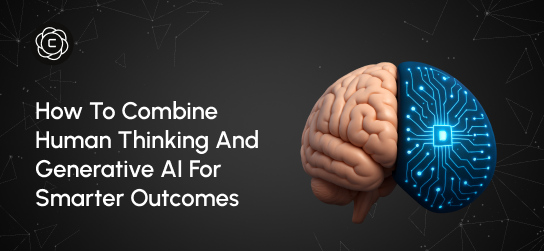
How to Combine Human Thinking and Generative AI for Smarter Outcomes
Last Tuesday, I watched two product managers go head-to-head on the same challenge. Same tools. Same data. Same deadline. But the way they used AI couldn’t have been more different and the results made that difference unmistakable. One delivered a generic solution, familiar and easily replicated. The other crafted a proposal that felt thoughtful, grounded, and strategically distinct. Their CEO approved it for implementation within minutes. The gap wasn’t technical skill or AI proficiency. It was their thinking architecture, the way they framed the problem, used AI to explore, and layered in human context to guide the output.
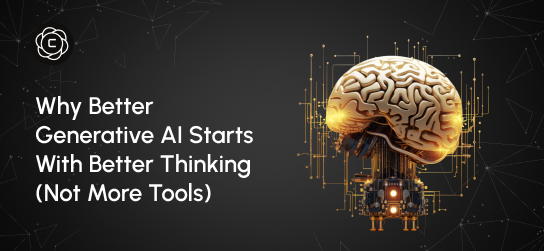
Why Better Generative AI Starts With Better Thinking (Not More Tools)
Four months ago, I watched a marketing director spend $400 on AI subscriptions only to produce the same mediocre content she'd always created. Her problem wasn't the tools. It was her approach. This scenario plays out everywhere. Professionals accumulate AI subscriptions like digital trophies, believing more tools equal better results. They're missing the fundamental truth: generative AI amplifies your thinking, not replaces it. The best AI users I know don't have the most tools. They have the clearest thinking processes.
Stay Updated
Get the latest AI insights, tutorials, and feature updates delivered to your inbox.
